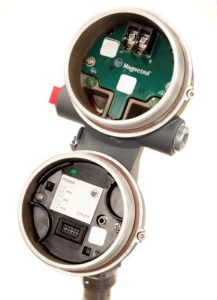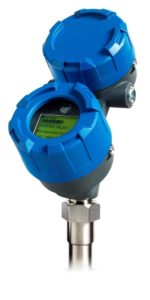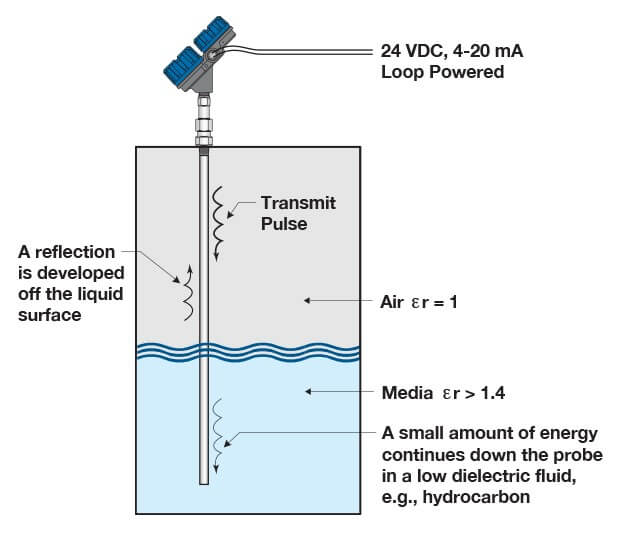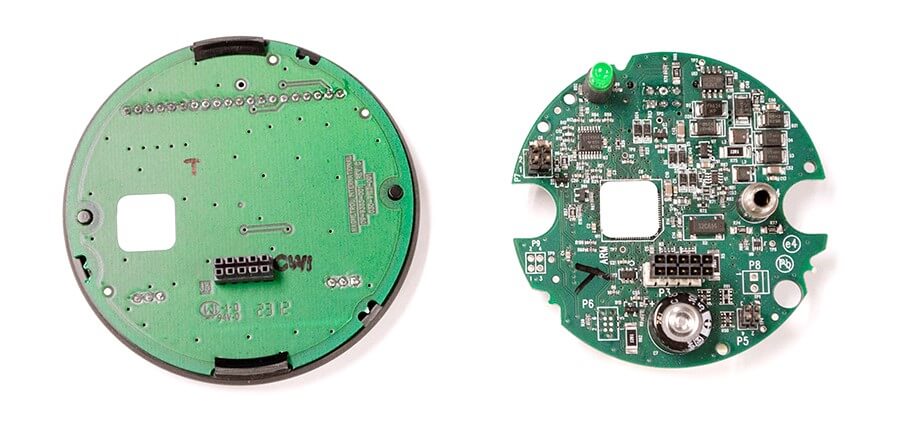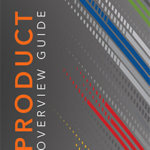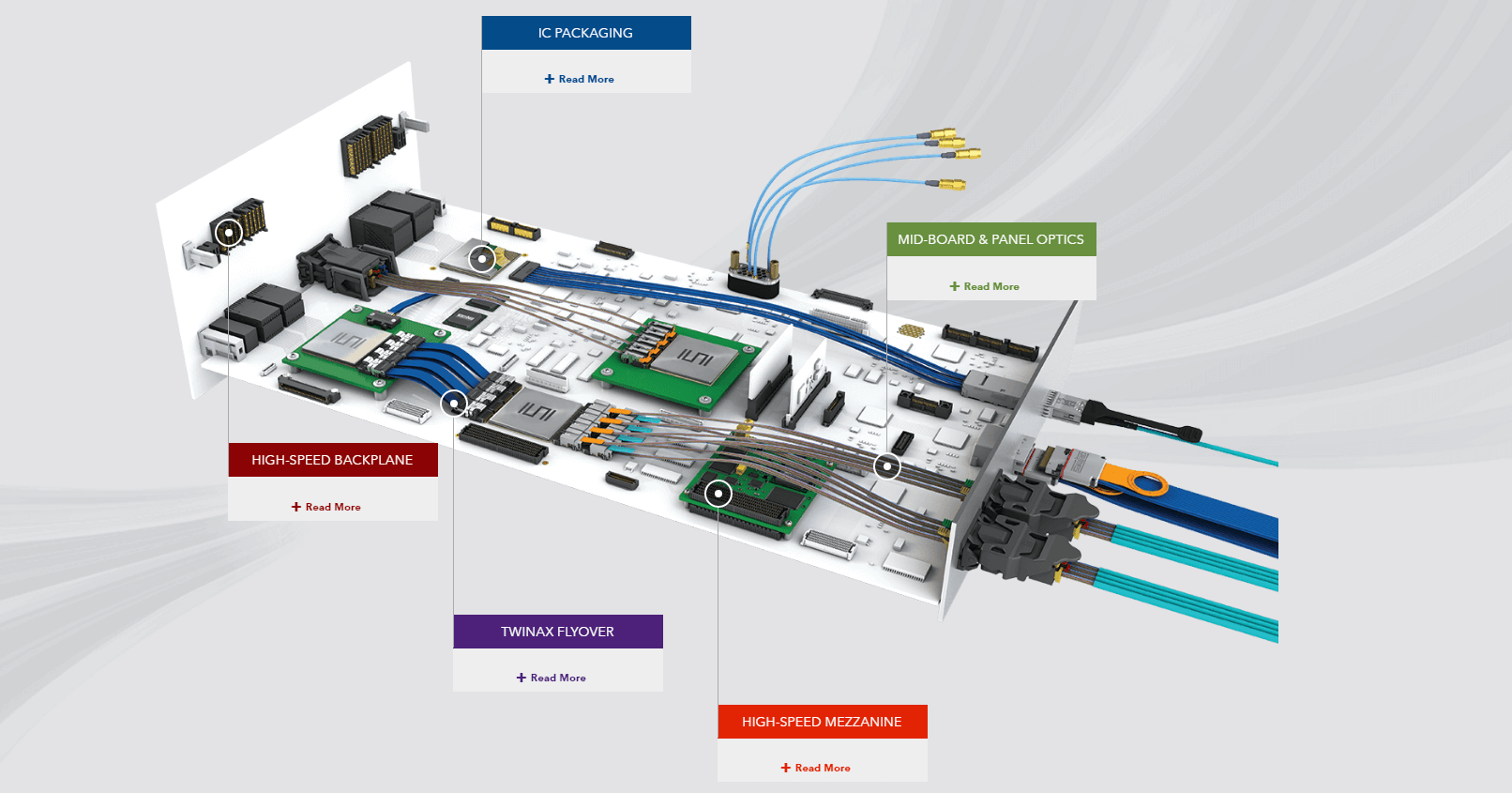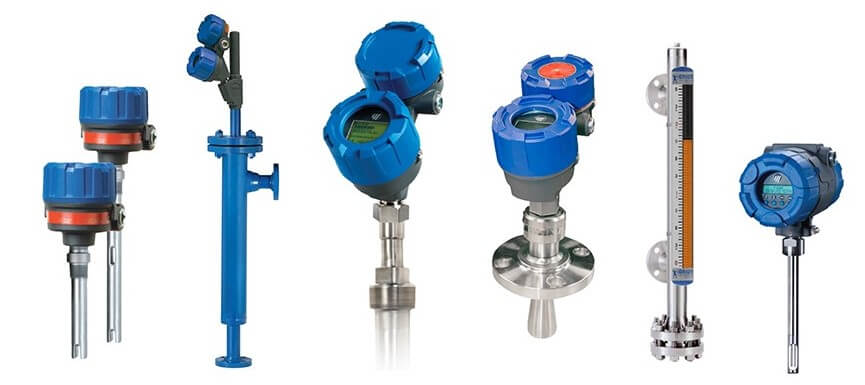
Our customer Magnetrol manufactured the first liquid level switch to accurately and safely detect motion of liquid in boilers and feedwater systems. They also introduced the first pneumatic valve controller, supporting the growth of the nuclear power industry with new standards in safety and performance. Magnetrol® level and flow products evolved from mechanical and electro-mechanical devices to today’s microprocessor-based controls.
I caught up with Kevin Haynes, Senior Project Engineer at Magnetrol, for an update on a new product that is catching a lot of attention…
DANNY: Kevin, tell me about Magnetrol; who are they and what are their products?
KEVIN: Magnetrol is a privately-owned company that has over 85 years of experience supporting our customer’s needs for efficient and safe liquid process monitors and controls. We manufacture instruments to monitor and control liquid level and gas & liquid flow. Our products are often used for hazardous process materials and in locations requiring special safe-handling precautions. Magnetrol products are typically agency-approved and certified for hazardous locations per IEC-60079 standards. Many products have been designed for Functional Safety applications per IEC-61508.
We offer many different measurement technologies to best fit the customer’s specific application needs. Some devices provide continuous indication of level over a range of operation, known as “transmitter” operation. Other devices provide a switch at a single point. Switch devices can be used for high level alarm, low level alarm or in pump control applications.
Some technologies offered by Magnetrol include Guided Wave Radar, Through-Air Radar, Buoyancy (floats & displacers), Ultrasound Point Sensors, Through-Air Ultrasound, Magnetic Level Indicator, Magnetostrictive Level, Thermal Dispersion Flow, and RF Capacitance.
DANNY: How has the technology for these types of products changed over the years?
KEVIN: The original “Magnetrol” used a float that was magnetically coupled to a switch to provide isolated control of the feed water for boiler applications. That buoyancy type control became the basis for our company’s many products. We still offer many mechanical switches but electronic devices offer many other technologies better suited to customer needs.
A typical transmitter unit provides 4mA to 20mA indication as process level changes. In a “two-wire” product, power is supplied by the same two wires from which the unit draws 4mA to 20mA to indicate process changes. That means our products must operate on very limited power, 4mA at 16V is only 64mW!
As process controls advanced, we offered digital communications on many of our products. Digital communication technologies, such as HART (Highway Addressable Remote Transducer) or FOUNDATION fieldbus™, allow the users better monitoring and control of their processes.
In 1998 Magnetrol introduced the Eclipse® Model 705, Guided Wave Radar. This technology provides accurate measurement of process levels with no moving parts. More recently the Eclipse Model 706 was released, continuing the success of our popular Guided Wave Radar technology products.
DANNY: Can you please tell me about the 706 (Guided Wave Eclipse) product? How does the 706 work?
KEVIN: Model 706 GWR is a transmitter used to monitor continuous level movement. In a Guided Wave Radar (GWR), a probe in the process acts like a transmission line for electromagnetic pulses. Process liquid in contact to the probe causes a change in the impedance of the transmission line. Radar impulses traveling in the probe are reflected from the liquid surface. The 706 monitors the time it takes for a pulse to travel from the top of a vessel to the liquid surface and back. Electromagnetic pulses travel at the speed of light, yet we are able to provide millimeter accuracy of level movement!!
The ability to sense very low dielectric materials makes the 706 GWR suitable for light hydrocarbons and oil as well as water and higher dielectric materials. In GWR, the size of the reflected signal is dependent on the dielectric of the process. That means that a GWR device can sense the interface between two liquids of differing dielectrics, such as oil and water.
DANNY: Who uses the 706 guided wave radar and why?
KEVIN: Our customers monitor their processes to improve safety and efficiency. The 706 GWR finds many uses in oil and gas processes as well as chemical applications, virtually anywhere liquid levels need to be monitored. Because of the GWR technology, 706 is able to detect the interface of two liquids, typically oil over water. That capability finds many applications in the oil industry, chemical processing and many other applications.
DANNY: What Samtec connectors did you select and why?
KEVIN: We use a number of different Samtec connectors in our products. Our products must be reliable, so we depend on quality components. The availability of samples helps us confirm design concepts quickly.
- IPT1 & IPS1 mating pairs (individually shrouded connectors) are used for display/keypad installation. Our customers can remove the display/keypad so we’ve chosen this “shrouded” series that provides some protection for the contacts, reliability to the connections and alignment.
- CLP & FW (1.27 mm pitch stacker system) are used as mating pairs for board to board connections, and were chosen for board spacing requirements.
- CLP & FTSH (1.27 mm pitch board-to-board) are also used as mating pairs for board-to-board connections, and we use these because the board-to-board spacing is only .200”.
- ASP (a modified FTR) & RSM 1.27 X 2.54 pitch board-to-board) are used as mating pairs for board-to-board connections. We’ve used some special custom products to meet design spacing requirements between boards.
- IPL1 & IPD1 (.100″ pitch discrete wire system) are used to allow board to discrete wire connections. I like the locking tab feature on this series.
- We use a number of different series for test points including: TSW, TW, DW. These application are temporary connections for testing, programming and field service.
Samtec products are part of Magnetrol’s vision to be the customers’ preferred partner in the global supply of level and flow control solutions.
